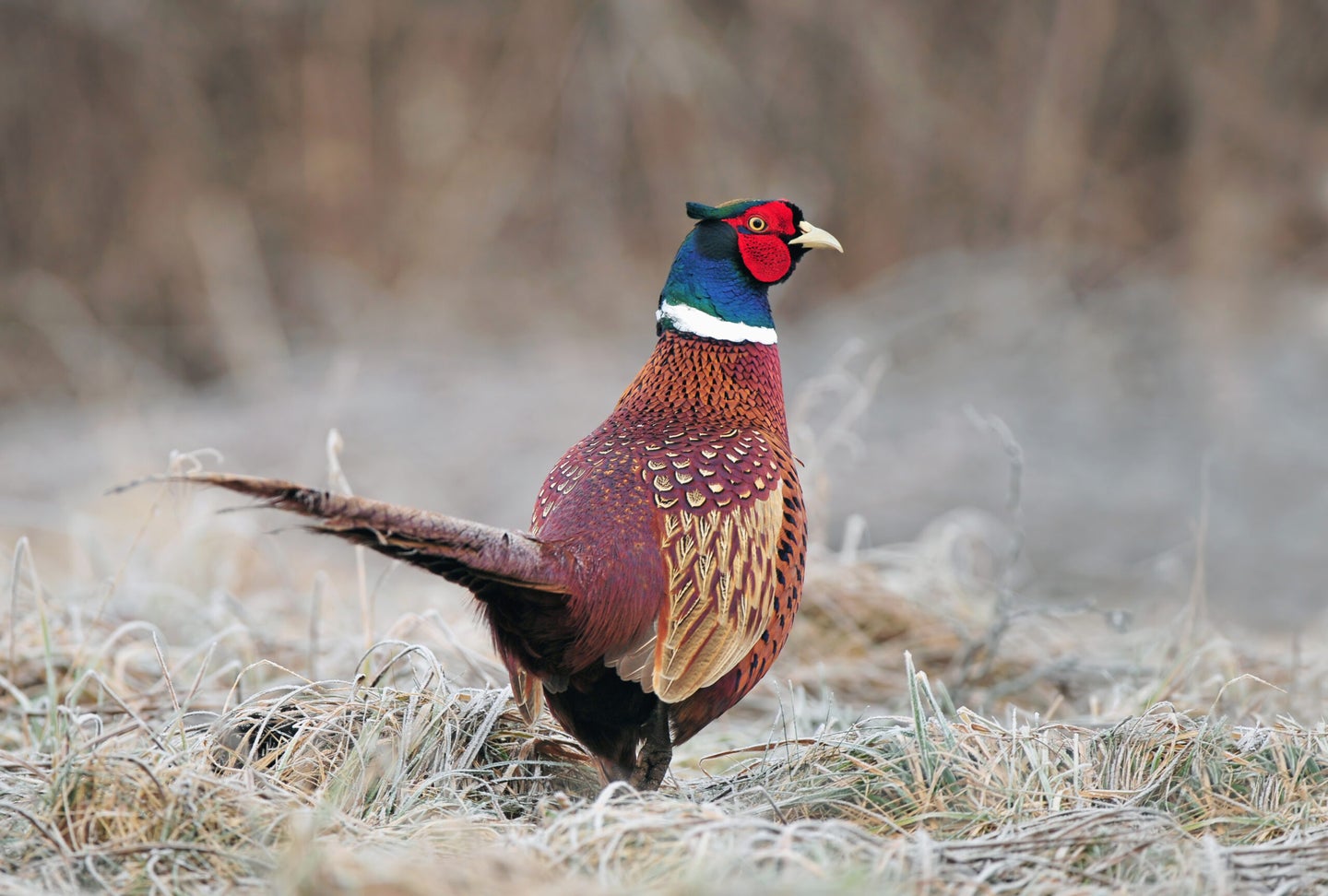A Wild Feast

Adobe Stock
To celebrate Mother’s Day, all week long we’ll be publishing a series of stories all about moms––about their companionship in the outdoors, about them encouraging us to hunt and fish, and about how we wouldn’t be where we are, or who we are, without them. Fittingly, we’re calling this series “Thanks, Mom.”
Before I got my first deer, or shot any animal, my parents could see I was getting more interested in hunting. So, for Christmas one year, they got me a day of wingshooting lessons at a local gun club. I was blown away by it. Getting a chance to spend time with people who shot for a living and learning how to break clays had me itching to go on a bird hunt. The problem was there weren’t many upland birds that lived near our house.
There was a put-and-take pheasant operation down the road, though, and sometimes the roosters would escape and roam around the neighborhood. One day, when I was getting off the school bus, I saw one of those ringnecks in full regalia standing on the back lawn. He saw me, too, and in a split second, the chase was on.
I ran into the house, threw down my book bag, and grabbed my dad’s shotgun and a handful of shells that were probably goose loads. I last saw the rooster on a dead sprint, moving toward a big swamp at the end of our property. So that’s where I headed, gun at the ready.
As I stepped to the swamp’s edge, the rooster burst from a patch of cattails 20 yards away. I swung with the bird––just as I had done in class––and brought him down with a shot. When I went to pick him up, though, he was still alive. I didn’t know what to do. The only thing I could think of was to shoot him again, and it was then that I witnessed how powerful a 12-gauge goose load can be at close range.
I brought the bird home, carrying my dad’s shotgun perched on my shoulder like a soldier would. To display my hunting prowess, I hung what was left of the bird by its feet from the front porch rafter. No one else was home yet, and I didn’t want there to be any mystery as to how this bird showed up at our door.
My mom rolled into the driveway first. I heard her car door close and waited patiently on the couch while I listened to her feet going up the front steps. Before she made it to the door, she paused for what seemed like forever, then came in with two bags of groceries.
Looking back, I can’t imagine what she thought when the first thing she saw after a long day at work was a dead bird hanging from the porch. She grew up in Philadelphia, and where she’d ended up was far from city life. The feeling of a successful hunt was something she’d never experienced, and she was probably still coming to terms with her son becoming a hunter. But she acted as proud as if I’d just come home with a perfect report card. She scrapped whatever dinner plans she had for us that night, and decided we were going to have pheasant.
My mom is a very good cook, and she keeps a pile of recipe books for situations like when your son shows up with a dead bird. That day, she dusted off an old copy of the L.L. Bean Fish and Game Cookbook, which she had for such an occasion.
I got to work plucking and gutting the bird, which was easy considering my last shot had done most of the job for me, while she got ready to roast the pheasant. By the time my dad got home, she’d set out the silverware and China we usually save for holidays and pulled a cooked bird from the oven. My dad lit a fire in the fireplace, and we all sat down to eat.
The rooster was half gone, and what was left of it was mangled and full of pellets. But it was delicious. Mom gave a toast to the bird and to me for shooting it, and between the sound of my family spitting No. 2 steel shot onto their plates, I got to tell my first hunting story. While she may not have been able to teach me how to hunt, but that night, my mom did teach me how to respect an animal you take in the field. It’s a lesson I still follow today.
The post A Wild Feast appeared first on Field & Stream.
Articles may contain affiliate links which enable us to share in the revenue of any purchases made.
